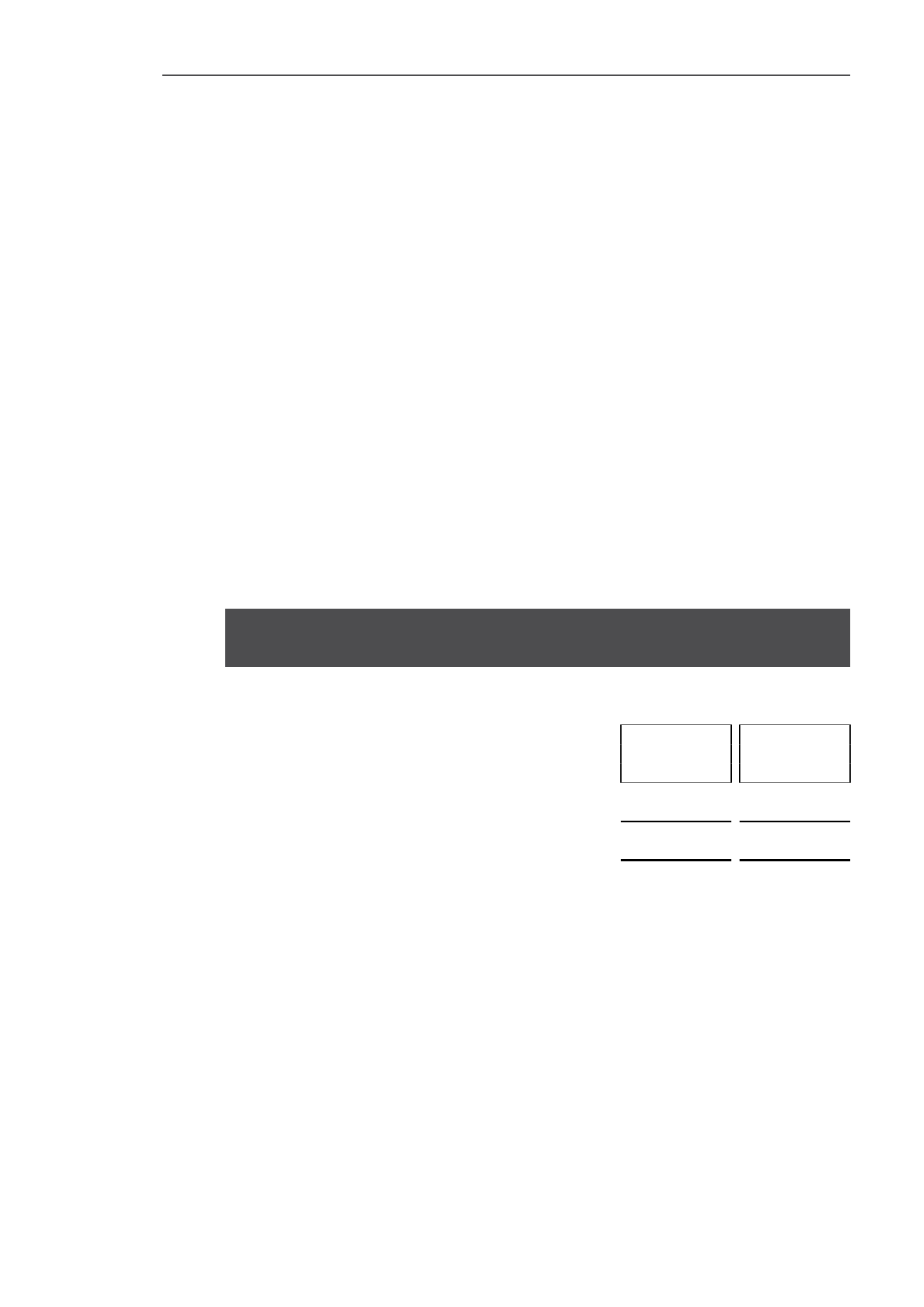

86
AEMULUS HOLDINGS BERHAD
A N N U A L R E P O R T 2 0 1 6
27. FINANCIAL INSTRUMENTS (Cont’d)
27.2 Financial risk management
The Group and the Company are exposed to a variety of financial risks arising from their operations and the use of
financial instruments. The key financial risks include credit risk, liquidity risk and foreign currency risk. The Group
and the Company operate within clearly defined guidelines that are approved by the Board and the Group’s and
the Company’s policy is not to engage in speculative activities.
27.2.1 Credit risk
Credit risk refers to the risk that the counterparty will default on its contractual obligations resulting in
financial loss to the Group and to the Company. The Group’s exposure to credit risk arises principally from
its trade receivables. The Company’s exposure to credit risk arises principally from advances to subsidiary.
i. Trade receivables
The Group extends to existing customers credit terms ranging from 30 to 90 days. In deciding whether
credit shall be extended, the Group will take into consideration factors such as the relationship with
the customer, its payment history and credit worthiness. The Group subject new customers to credit
verification procedures. In addition, debt monitoring procedures are performed on an on-going basis
with the result that the Group’s exposure to bad debts is not significant.
GROUP
30.9.16
30.9.15
RM
RM
Not past due
5,555,354
5,032,667
1 to 30 days past due
1,400,798
995,201
31 to 60 days past due
103,935
277,583
Past due more than 60 days
4,547,414
3,005,809
6,052,147
4,278,593
11,607,501
9,311,260
Trade receivables that are neither past due nor impaired are creditworthy customers with good
payment record with the Group. None of the Group’s trade receivables that are neither past due nor
impaired have been renegotiated during the financial year.
The Group has trade receivables amounting to
RM6,052,147
(30.9.15: RM4,278,593) that are past
due as at the end of the reporting period but not impaired as the management is of the view that
these debts will be collected in due course.
The Group has concentration of credit risk in the form of outstanding balance due from
3
(30.9.15: 4)
customers representing
55%
(30.9.15: 57%) of the total trade receivables.
ii. Intercompany balances
The Company provides advances to its subsidiary and monitors the results of the subsidiary regularly.
The maximum exposure to credit risk is represented by their carrying amount in the Company’s
statement of financial position.
As at the end of the reporting period, there was no indication that the advances to its subsidiary
are not recoverable. The Company does not specifically monitor the ageing of the advances to its
subsidiary.
NOTES TO THE FINANCIAL STATEMENTS
(Cont’d)
– 30 SEPTEMBER 2016











